Suborder Serpentes Subfamily Colubrinae Phylum Chordata Rank Subspecies | Subphylum Vertebrata Genus Lampropeltis Order Scaled reptiles | |
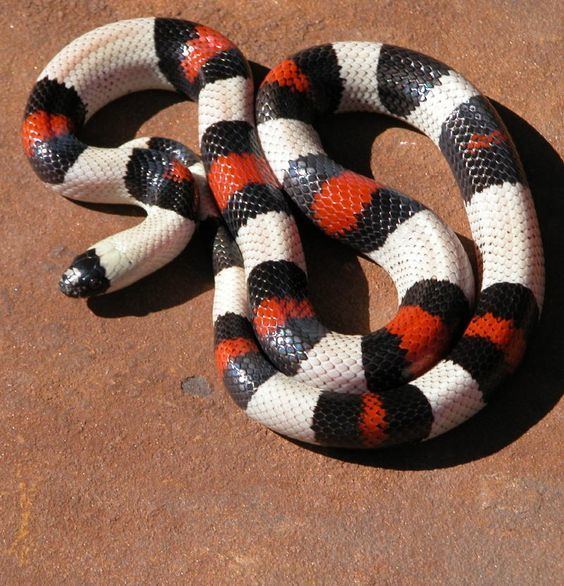 | ||
Scientific name Lampropeltis triangulum campbelli Similar Milk snake, Snake, Kingsnakes, Reptile, Honduran milk snake | ||
pueblan milk snake lampropeltis triangulum campbelli hand feeding
Lampropeltis triangulum campbelli, commonly known as the Pueblan milk snake or Campbell's milk snake, is an egg laying species of nonvenomous colubrid snake. It is commonly bred in captivity and is found in several color variations. When handled, it can discharge a pungent-smelling exudate from its cloaca as a presumed defense mechanism.
Contents
- pueblan milk snake lampropeltis triangulum campbelli hand feeding
- Lampropeltis triangulum campbelli pueblan milk snake
- Taxonomy
- Description
- Geographic distribution
- Behaviour
- Diet
- In captivity
- Reproduction
- References
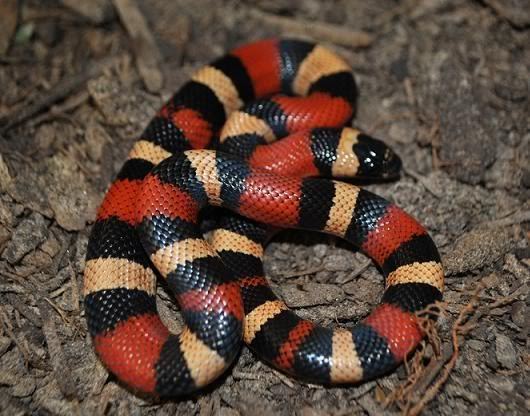
Lampropeltis triangulum campbelli pueblan milk snake
Taxonomy
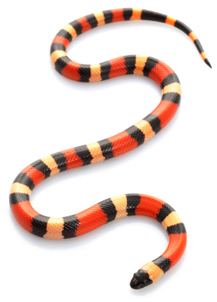
The generic name (Lampropeltis) is derived from the Ancient Greek lamprós (λαμπρος) meaning "bright" and peltas (πελτας) meaning "shield", after the sheen of their scales. Its specific name (triangulum) is Latin for "triangle" and refers to the three colours found on the scales of the species (red, black, and yellow). Its subspecific name, campbelli, is a Latinization of the last name of American herpetologist Jonathan A. Campbell.
Description
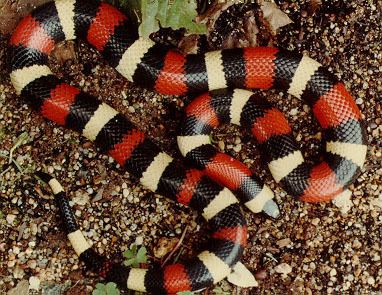
The Pueblan milk snake's base color is red with distinct rings or bands of black and whitish-yellow. Adult Pueblan milk snakes reach lengths of 36 to 48 inches. The Pueblan milk snake has a resemblance to the coral snake and this similarity in colour, known as Batesian mimicry, helps protect the snake from potential predators.
Geographic distribution
The Pueblan milk snake is found in southern Puebla, eastern Morelos and northern Oaxaca, Mexico.
Behaviour
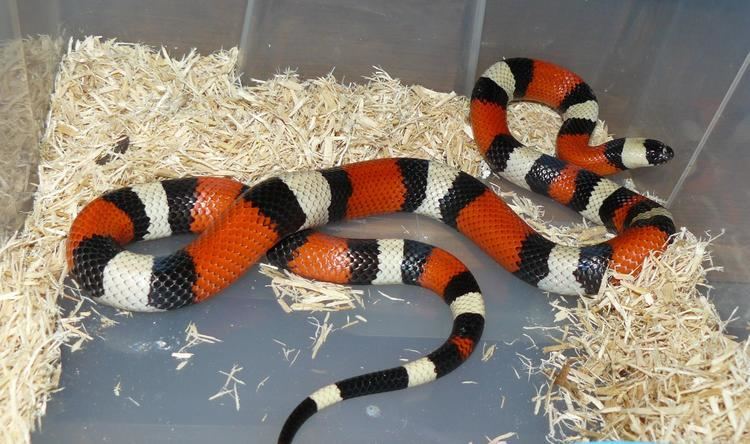
Pueblan milk snakes are crepuscular, meaning they are most active at dawn and dusk. They tend to be flighty and nervous when disturbed by humans. They rarely bite unless provoked a large amount.
Diet
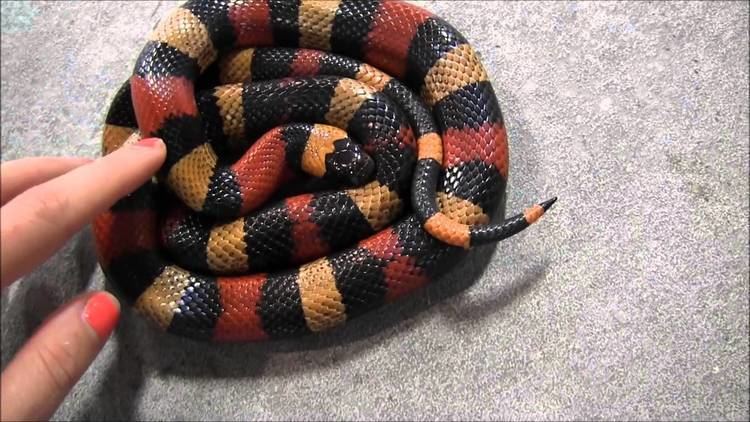
Pueblan milk snakes will feed on anything they can overpower. They will consume prey such as mice, rats, birds, lizards, frogs, and other snakes, including venomous snakes.
In captivity
Pueblan milk snakes adapt well in captivity if kept between 80 and 85 degrees Fahrenheit, with a night time temperature drop of 5 to 10 degrees. Temperature control is important, as it maintains the animal's feeding response and digestion. Cages should be escape proof, and fresh water provided at all times. A hide box is necessary, since Pueblans are more comfortable in confined spaces. King snakes and milk snakes must be housed separately (except during the breeding season) because they are cannibalistic.
They can be flighty and will typically defecate when initially handled, though they will rarely bite. They become more docile with regular handling.
Reproduction
Pueblan milk snakes brumate for a period of 3–4 months from November through early March emerging to mate at the end of this time period. Females are triggered in this way to ovulate and produce a pheromone trail (using glands on her skin) which the males follow. The female lays 2-15 eggs 30 days after mating. The juveniles hatch 2 months (55–60 days) later.
